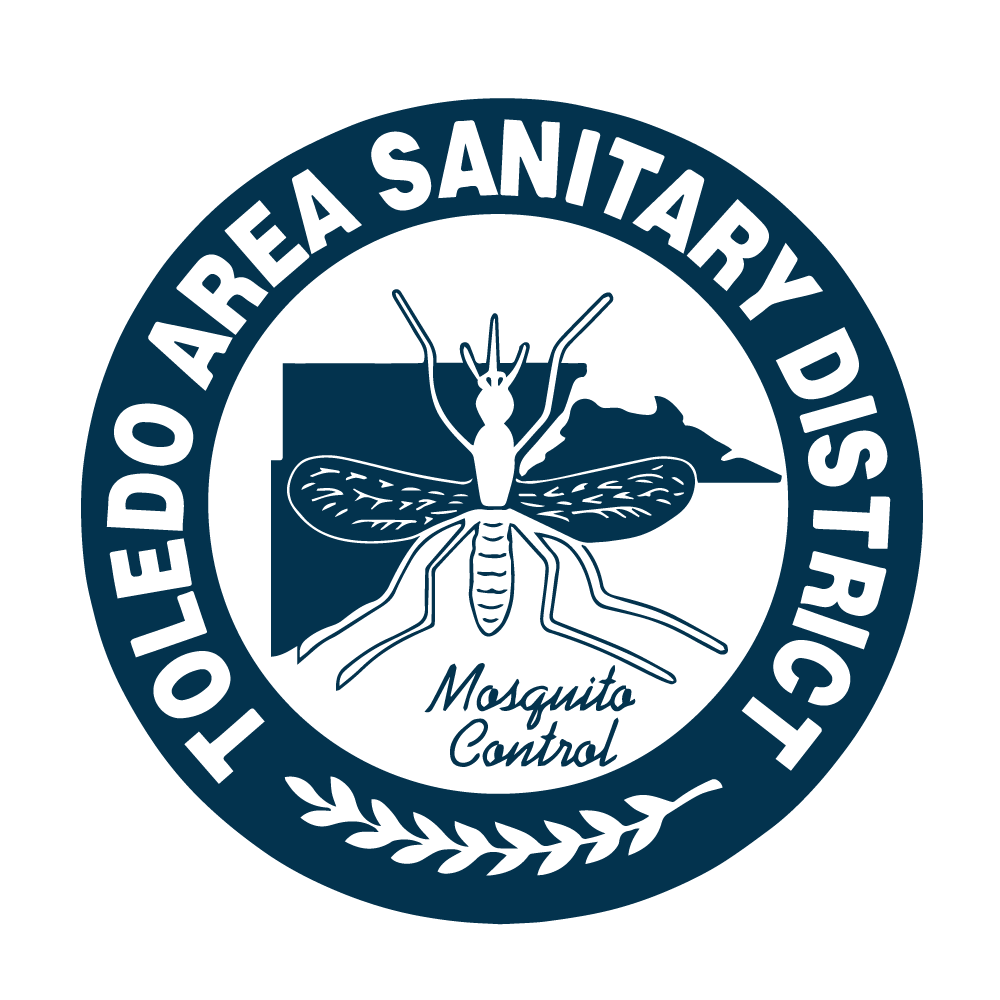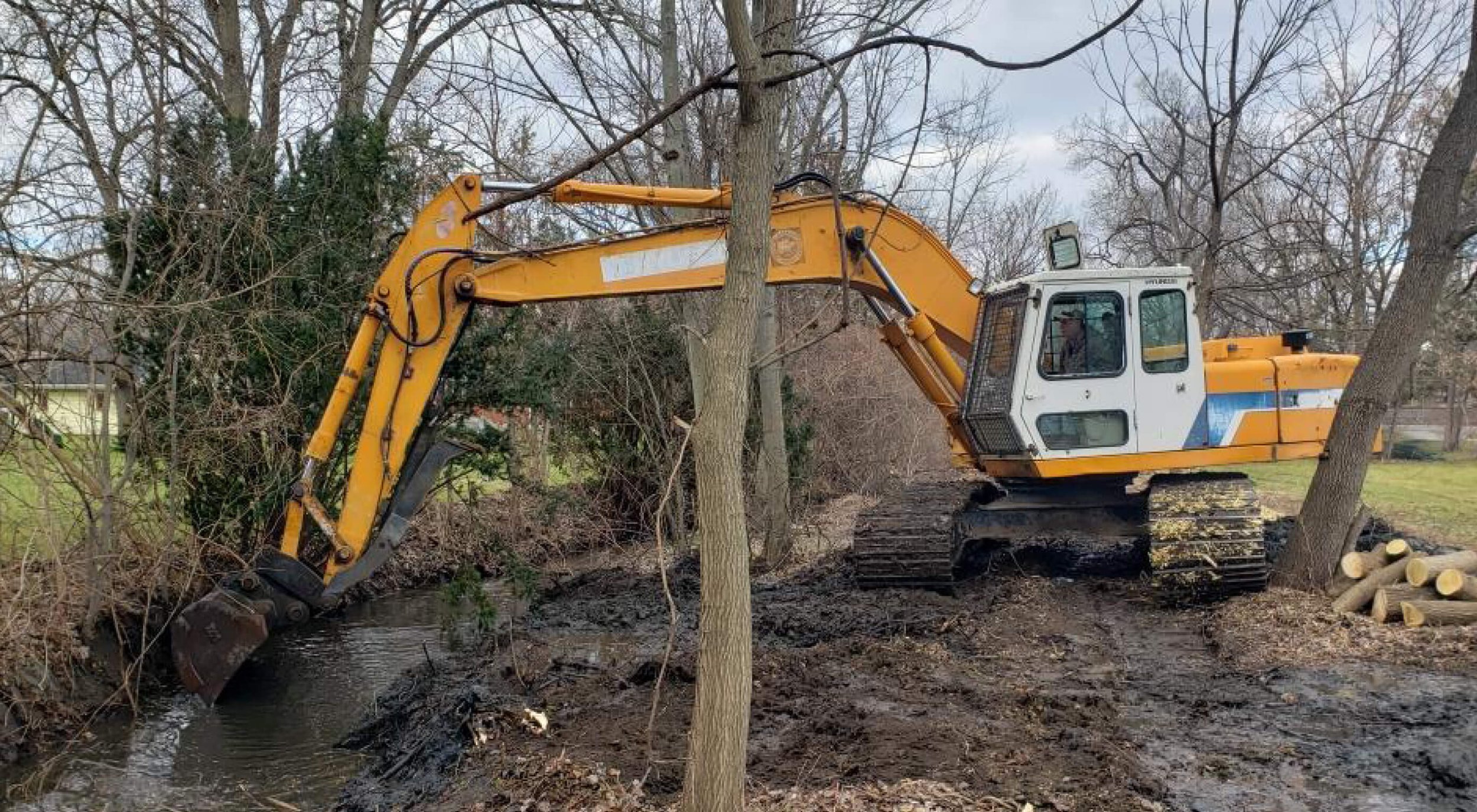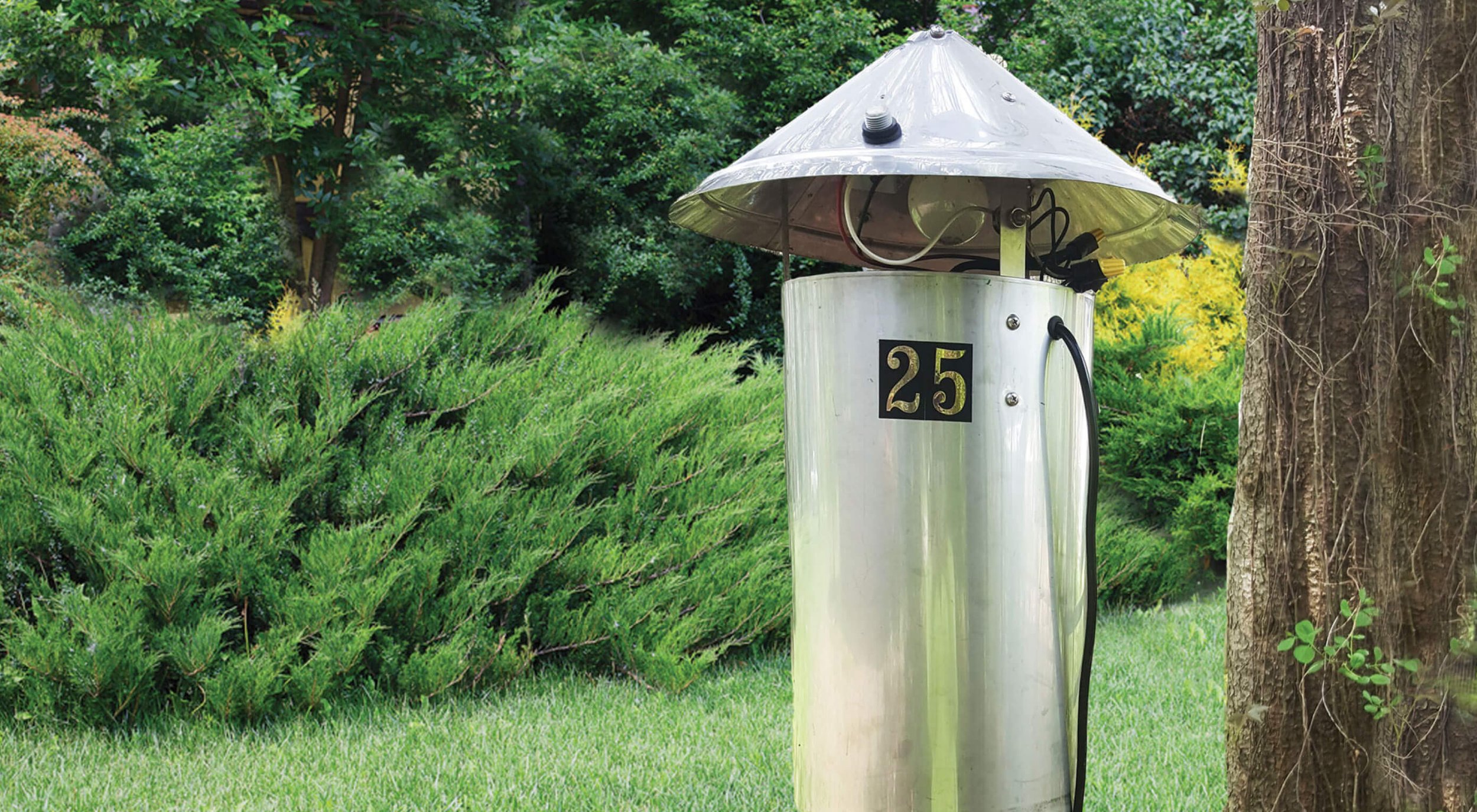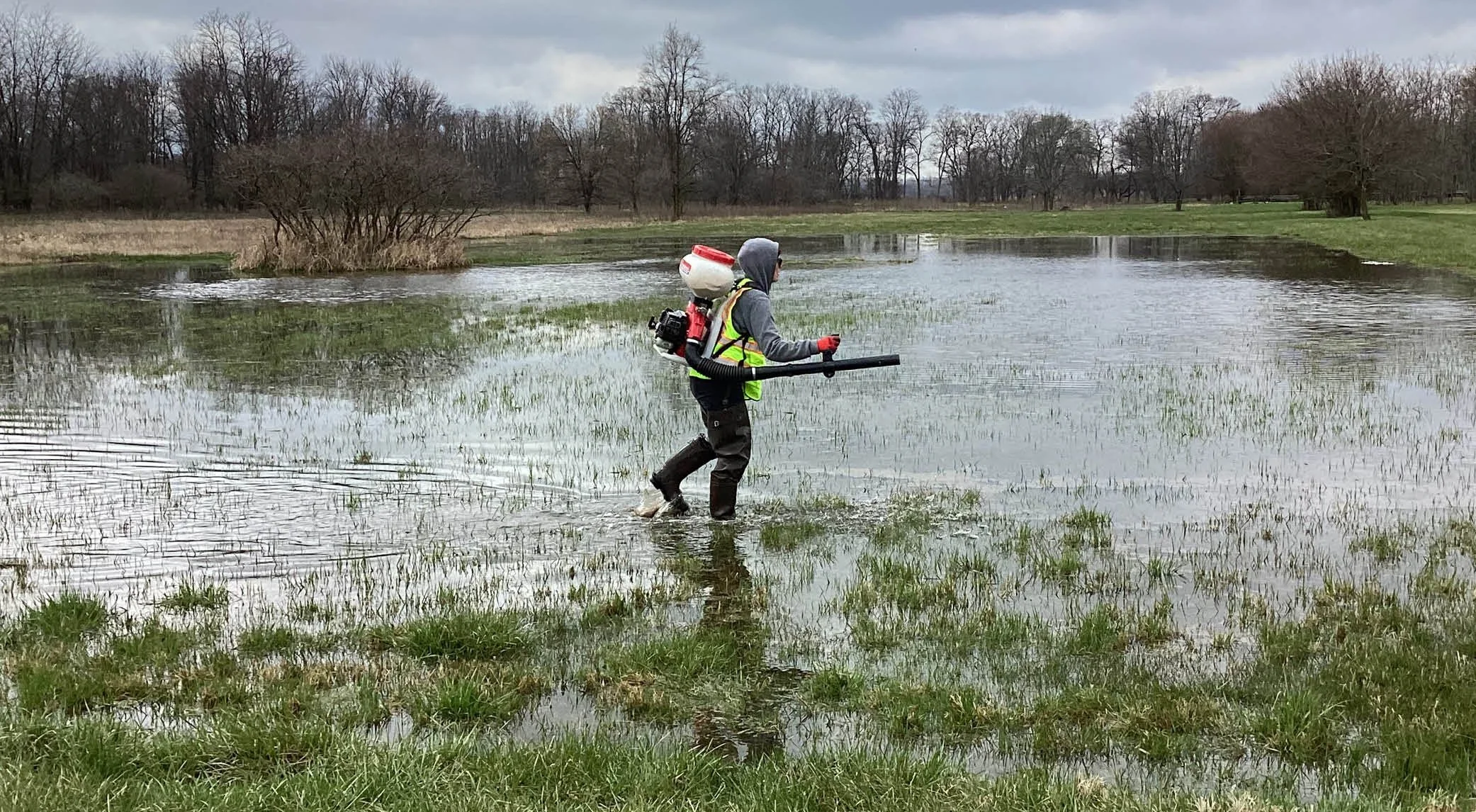
INTEGRATED CONTROL
METHODS
Integrated Mosquito Management (IMM)
TASD practices, promotes, and firmly believes in utilizing integrated mosquito management (IMM) techniques for its operations. IMM is mosquito control with a holistic perspective: seeking to prevent and control mosquito populations at every possible level of their development. The IMM approach has five phases of mosquito control: surveillance, source reduction, larval mosquito control, adult mosquito control, and education. No single phase of the IMM approach is more important than another; each aspect is integral to reducing and controlling mosquito populations in the most efficient and environmentally conscious manner possible. IMM uses methods that, when followed correctly, are safe and have been scientifically shown to reduce mosquito populations. Read below to learn about each aspect of the IMM program at TASD.
-
Education is a proactive form of mosquito control; it eliminates mosquitoes before eggs are laid to prevent biting, disease-carrying adult mosquitoes. TASD’s education program aims to provide information to the citizens of Lucas County on preventing mosquito bites, avoiding mosquito-borne diseases, and reducing mosquito breeding sources.
Biologists on staff are available to give presentations to school groups, community groups, and other organizations or we can set up a display at your event. TASD’s educational presentations are science-based and offered at no cost. There are several different topics that can be covered (e.g. mosquito biology, mosquito-borne disease, and TASD’s services) or you can request something to suit the needs of your group.
Contact our office or fill out the Request a TASD Service form to schedule a TASD representative for your group or event.
-
Source reduction removes or modifies mosquito breeding habitats to prevent mosquitoes from completing their life cycle. TASD is involved in small-scale and large-scale mosquito breeding source reduction. TASD staff reduces small-scale breeding sources on a daily basis by emptying buckets, dumping containers, or removing scrap tires which could produce hundreds of mosquitoes in a single week.
A unique component of the integrated TASD program is the large-scale water management projects conducted during the fall and winter. TASD clears ditches or removes blockages in local waterways and drain paths to ensure proper water flow and reduce spring-time flooding. Without these large-scale projects, the standing water from blocked ditches creates a mosquito breeding habitat. TASD works with individual homeowners, land managers, and the Lucas County Engineer’s office to identify areas in need.
Contact our office or fill out the Inspection of a Blocked Ditch/stream form to have a TASD representative inspect a blocked waterway on or near your property.
-
Surveillance provides the information necessary for successful mosquito control operations such as mosquito abundance, mosquito species prevalence, and mosquito-borne disease presence. Lucas County is home to over 30 species of mosquito which differ in their host preference, disease-transmission potential, and larval habitat. TASD routinely monitors mosquito populations in Lucas County with a network of over 60 adult mosquito traps, routine larval collections, weekly West Nile virus testing, and citizen mosquito bite reports. The mosquito collections obtained from surveillance are identified to species by trained TASD personnel. TASD’s survey data is used to determine the need to conduct control operations, provides the information necessary to prioritize control treatment plans, and monitors the efficacy of those control operations.
Citizens can contribute to data useful in determining mosquito nuisance levels by using the Report a BITE! form below.
-
Aside from removing a potential breeding source altogether, larval mosquito control (larviciding) is the most effective method of control used by the District. Thousands of potential mosquito breeding sites are routinely checked by District personnel each season. If the presence of mosquito larvae is found in a water source that cannot be drained or dumped, TASD can apply control products designed to kill the larvae before they can complete their development and become adult mosquitoes. This is primarily accomplished through the use of biological pesticides with bacterial spores of Bacillus thuringiensis israelensis (BTI) as the active ingredient. These spores are not toxic to humans or other aquatic organisms. TASD employees larvicide to thousands of different mosquito-breeding water sources each year. Floodwater sites, discarded tires, abandoned swimming pools, catch basins, and retention ponds are examples of some of the mosquito habitats TASD larvicides each season.
TASD also conducts liquid larvicide application treatments from common roadways using spray equipment designed to disperse droplets of the bacterial biological pesticides dissolved in water into cryptic breeding locations around the home. The schedule for these liquid larvicide applications are advertised by the District in its “Spray Schedule”.
Contact the office or fill out the Inspection of Standing Water form to have a TASD representative inspect any source of standing water near or on your property, and treat it, if necessary.
-
The method of mosquito control most familiar to the public is the truck-mounted units spraying from dusk to dawn as part of nighttime control efforts (fogging). Adulticiding is conducted when environmental conditions are favorable and when mosquitoes are most active. This important part of an Integrated Mosquito Management Program is designed to kill adult mosquitoes in flight at the time of the application, with no residual control. TASD utilizes ultra-low volume (ULV) technology that disperses approximately one tablespoon of public health insecticide per acre in droplets that are approximately 20 microns in size. To further explain, this equates to 1.25 tablespoons of liquid applied to an area approximately the size of a football field in droplets that are small enough to fit 5 or 6 across the width of a human hair.
The US Environmental Protection Agency (EPA) and the Centers for Disease Control (CDC) have asserted in a joint statement regarding mosquito control activities that the use of adult mosquito control products applied using ULV technology do not pose any unreasonable risk to humans or the environment. More information on the effects of mosquito control products on human health, the environment, and non-target animals/insects can be viewed by clicking on the button.
-
Surveillance of adult mosquito populations shape decisions on where nighttime “fogging” treatments and/or liquid larviciding applications will be scheduled. TASD organizes and coordinates its programs by dividing Lucas County into a system of individually numbered service maps. There are 361 TASD service maps within Lucas County. Spray schedules are advertised by the TASD service map number.







